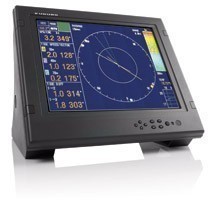

Current Indicators, Doppler Current Indicators, and Marine Electronics
Current indicators are advanced marine instruments used to measure tidal current direction and velocity at various depths. Employing acoustic Doppler technology, these systems analyze water movement below the surface—crucial for safe navigation, fishing operations, and scientific research. Mounted either on the hull or deployed on submersible gear, they provide real-time insights into sub-surface current flow.
History and Innovation in Current Indicators
Current measurement technology emerged in the mid-20th century to support harbor and oceanographic operations. Early mechanical current meters were cumbersome and lacked real-time feedback. The introduction of Doppler effect-based acoustic systems in the 1970s and 80s revolutionized the field. These systems emitted sound waves into the water column and measured frequency shifts to calculate current velocity.
Today’s current indicators use phased array transducers, multi-layer profiling, and digital processing to deliver highly accurate current data. Many models also support GPS integration, wireless telemetry, and interface directly with MFDs and onboard navigation suites—streamlining operations aboard commercial vessels and research platforms.
How Current Indicators Work
These instruments typically send multiple acoustic beams at fixed angles into the water. As particles in the water move with the current, the Doppler shift in returned signals is measured to determine speed and direction. Data is then visualized through user-friendly interfaces that show depth-layered current profiles in real time.
This information helps fishing crews avoid counterproductive drifts, assists submersible deployments, and enhances fuel efficiency through route optimization. In science and surveying, these tools are vital for modeling underwater current patterns and sediment movement.
Explore Current Indicators

Need help determining the best current measurement setup? Our marine electronics experts are here to assist.







